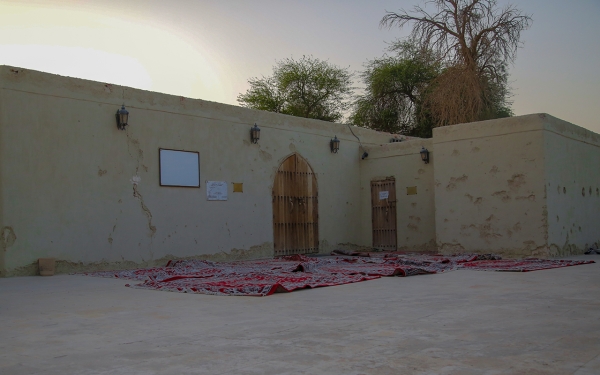


Jawatha Historical Mosque is a historic mosque located in al-Ahsa Governorate in the Eastern Province of the Kingdom of Saudi Arabia. It is the second mosque where Friday prayer was prayed in Islam after the Prophet's Mosque in al-Madinah al-Munawwarah. It is one of the oldest historical mosques in the Islamic world, as it was built in the year 628.
It was first built during the time of the Prophet Muhammad, peace be upon him (PBUH), by the Abdul Qays tribe, who inhabited al-Ahsa during that period. They were among the early converters to Islam. After the Prophet's migration to al-Madinah al-Munawwarah and the emergence of Islam, the ruler of Abdul Qays, al-Mundhir Ibn 'Amr, also known as al-Ashaj, sent a messenger to Makkah to verify the matter. Upon receiving clear confirmation, he embraced Islam, and all the members of his tribe followed suit, and then he built the Jawatha Mosque.
The mosque's design represents the core essence of worship in Islam, embodying the presence of the prayer hall with its three aisles. The Qibla side is aligned with the direction of the Kaaba, and it includes the presence of the Mihrab, as well as remnants of the pulpit and the place for raising hands.
Restoration of Jawatha Historical Mosque
In 2022, Prince Mohammed bin Salman's project for the development of historical mosques announced the restoration of Juwatha Mosque using effective methods and approaches to preserve the historical significance of mosques. The mosque's area, before and after restoration, measures 205.5 m2, with a capacity of accommodating 170 worshipers before and after the development. The mosque also underwent several restoration stages as part of the program for the restoration of historical mosques. The restoration and reconstruction of the collapsed parts were completed in 2009.
Related quizzes
Related articles
